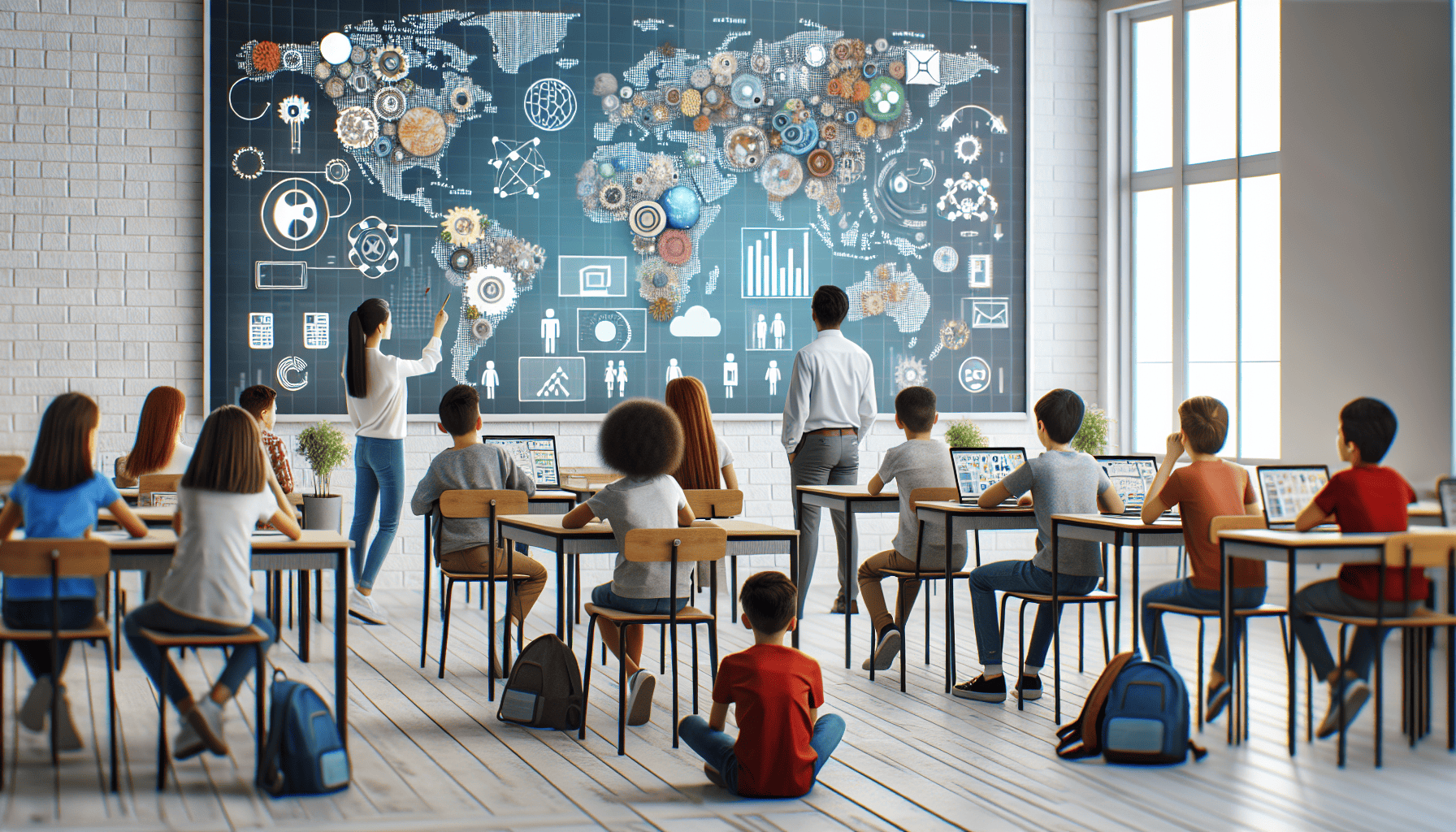In recent years, education across Australia has been experiencing a dynamic shift, propelled by innovative learning methods designed to enhance student engagement, understanding, and retention. These transformative strategies are redefining traditional education paradigms and positioning learners to thrive in an increasingly complex world. Here are some of the groundbreaking methods currently influencing the education landscape down under.
1. Blended Learning: Harmonizing Technology and Traditional Instruction
Blended learning combines the tried-and-true methods of classroom instruction with the benefits of digital technology. By integrating online learning tools and resources with face-to-face teaching, educators can offer personalized learning experiences for each student. This approach allows learners to move at their own pace, improving their understanding and maintaining engagement with course content.
2. Project-Based Learning: Real-World Applications
Project-based learning (PBL) encourages students to investigate and respond to authentic, engaging, and complex questions or challenges over an extended period. This hands-on approach helps students develop a deeper understanding by actively exploring topics and applying their knowledge to real-world scenarios. In Australia, schools have implemented PBL across a variety of subjects, encouraging students to think critically and solve problems creatively.
3. Gamification: Learning through Play
Utilizing elements of game design in educational contexts, gamification has gained popularity in Australian classrooms. By turning learning activities into game-like experiences, educators can increase motivation and engagement among students. This method taps into the natural human desire for competition and achievement, which can lead to better retention of information and improved learner performance.
4. Flipped Classrooms: Maximizing Class Time
The flipped classroom model reverses traditional teaching methods by introducing new material outside of class, typically through online videos or reading assignments, and spending class time engaging in exercises, projects, or discussions. This innovative approach allows educators to use class time more effectively, fostering deeper comprehension and facilitating collaborative learning experiences. Australian educators are increasingly adopting this method to encourage active learning.
5. Personalized Learning: Tailoring Education to Each Student
Personalized learning strategies ensure that education is customized to meet the varying needs, skills, and interests of each student. By leveraging data and technology, educators can create individualized learning plans, providing support and resources that align with each student's unique learning style. Schools in Australia are progressively implementing these strategies to help all students reach their full potential.
6. STEAM Education: Interdisciplinary Learning
Adding the arts to the STEM (Science, Technology, Engineering, and Mathematics) curriculum, STEAM education encourages students to think creatively and integrate different disciplines. By bridging the gap between technical skills and creative thinking, Australian schools are embracing this holistic approach to prepare students for future career paths in diverse fields, fostering innovation and adaptability.
7. Outdoor Experiential Learning: Nature as a Classroom
Recognizing the value of the natural environment in educational development, outdoor experiential learning has become a cornerstone of many Australian educational programs. By taking learning outside the confines of the classroom, students engage with nature, develop environmental consciousness, and gain practical knowledge in real-world settings. This method enhances problem-solving skills, teamwork, and leadership.
The adoption of these innovative learning methods reflects a broader commitment to evolving education in Australia, ensuring it meets the needs of contemporary society. By fostering a more engaging, inclusive, and effective learning environment, these practices are not only transforming how students learn but also how they prepare for life beyond school. As these methods continue to gain traction, Australia stands poised to lead by example in the global educational arena.
